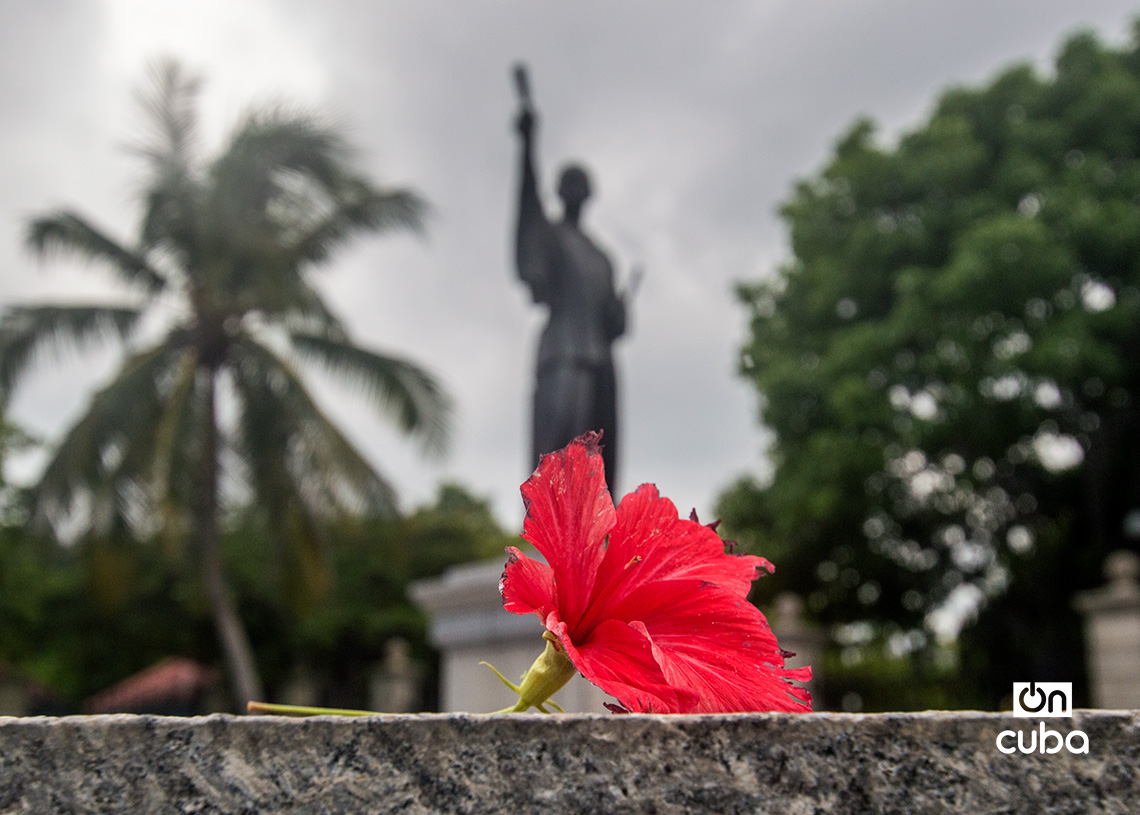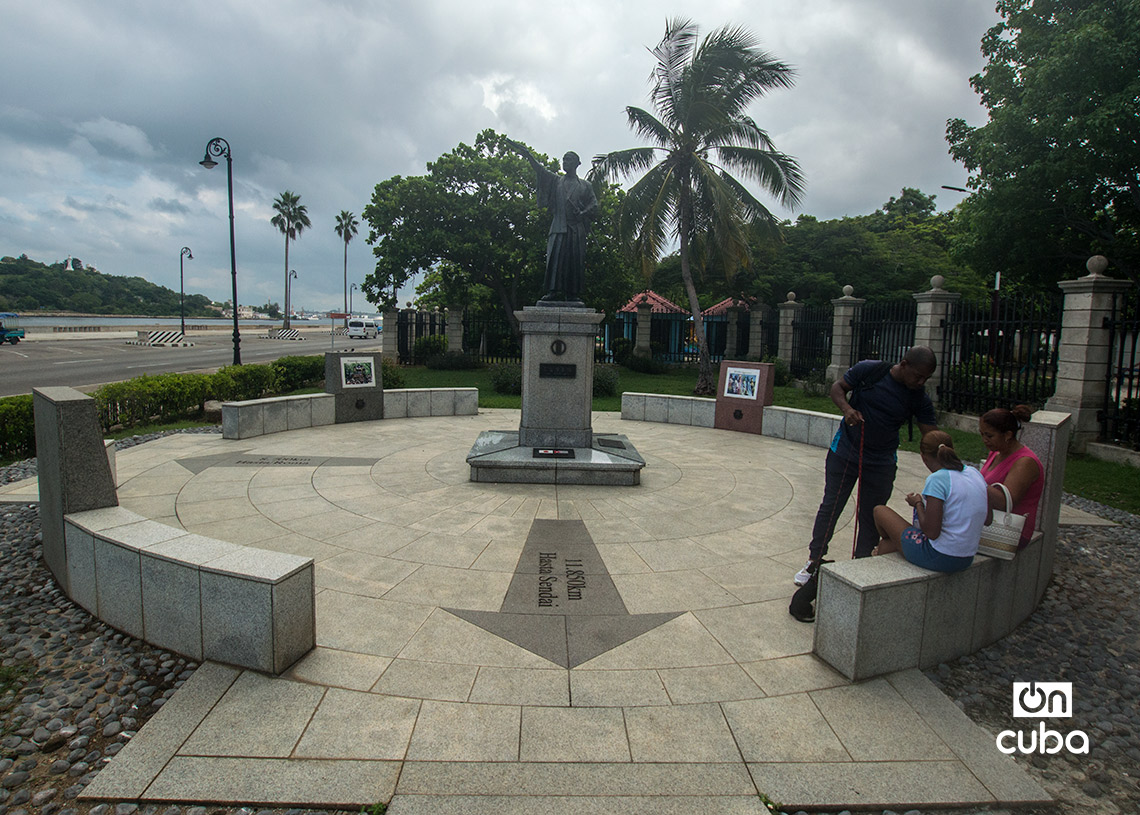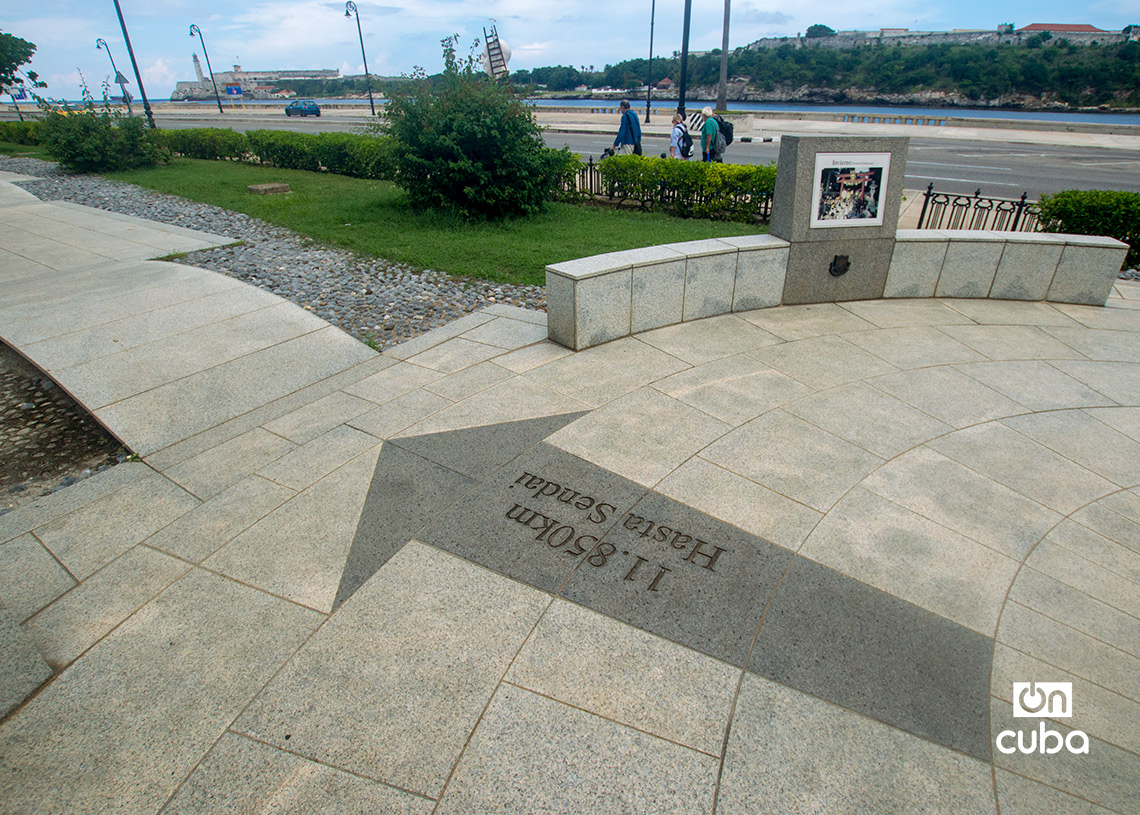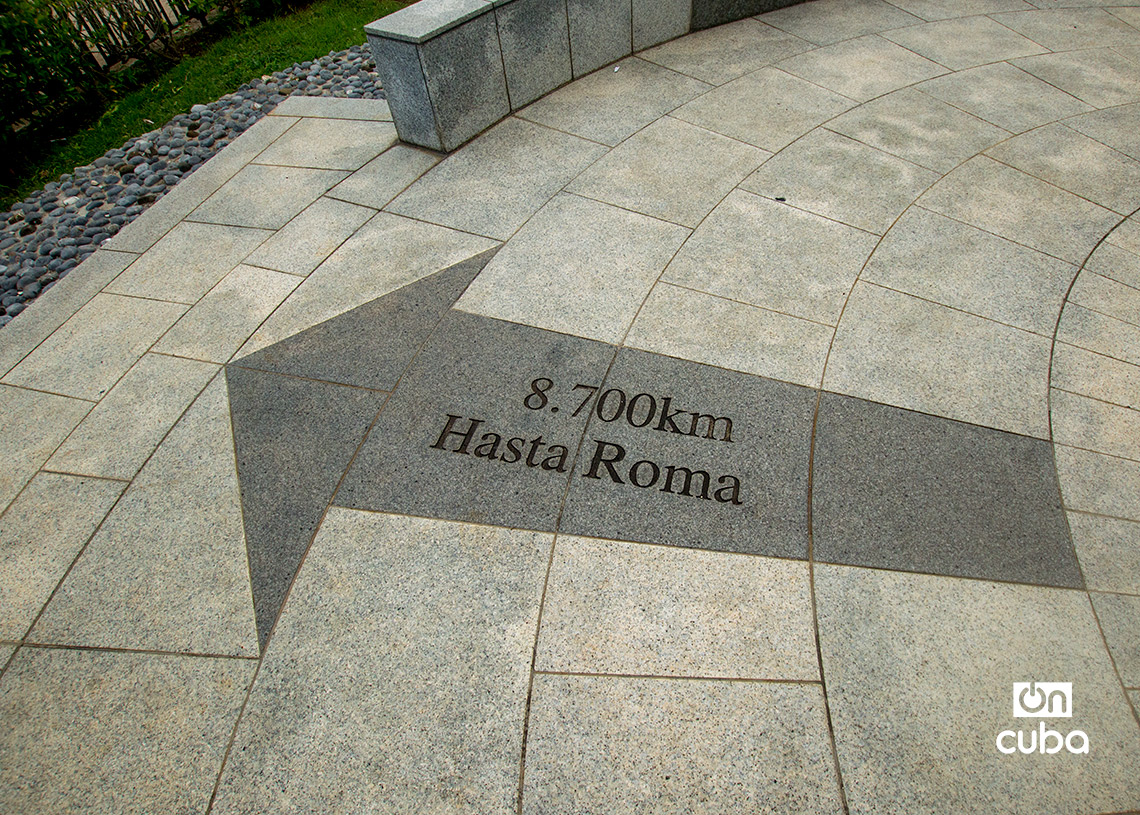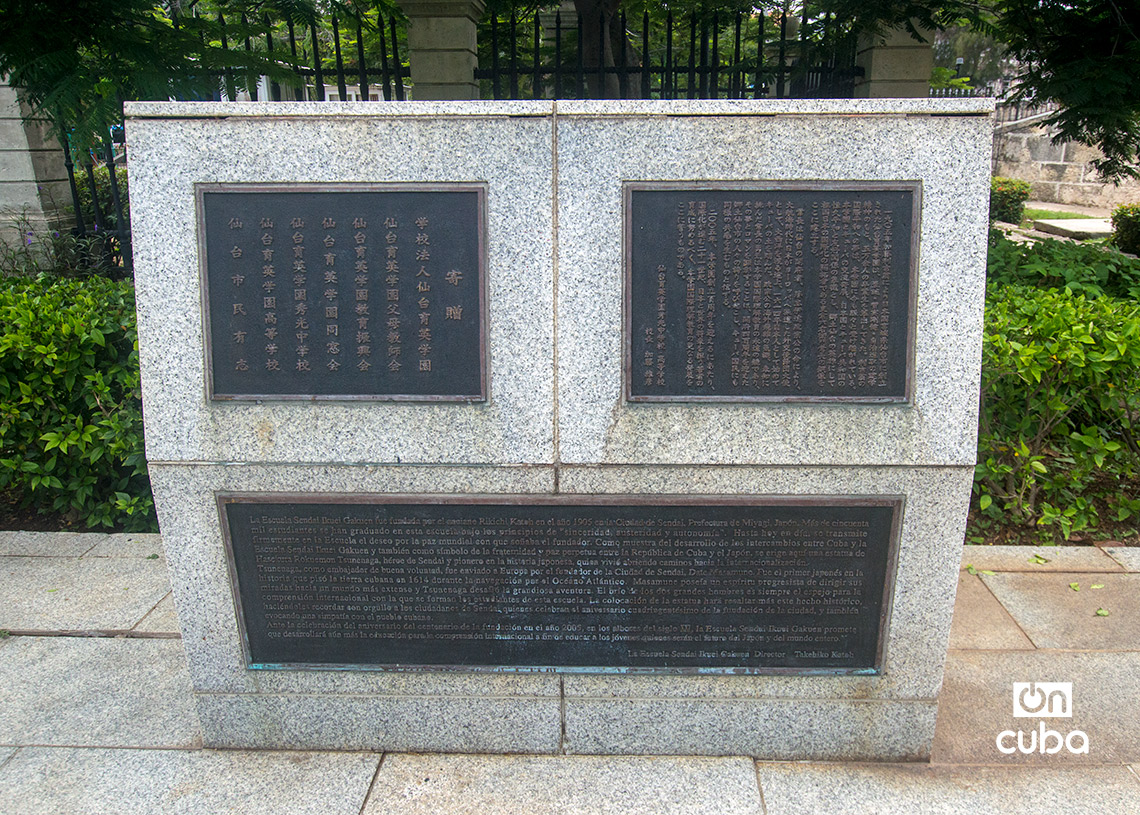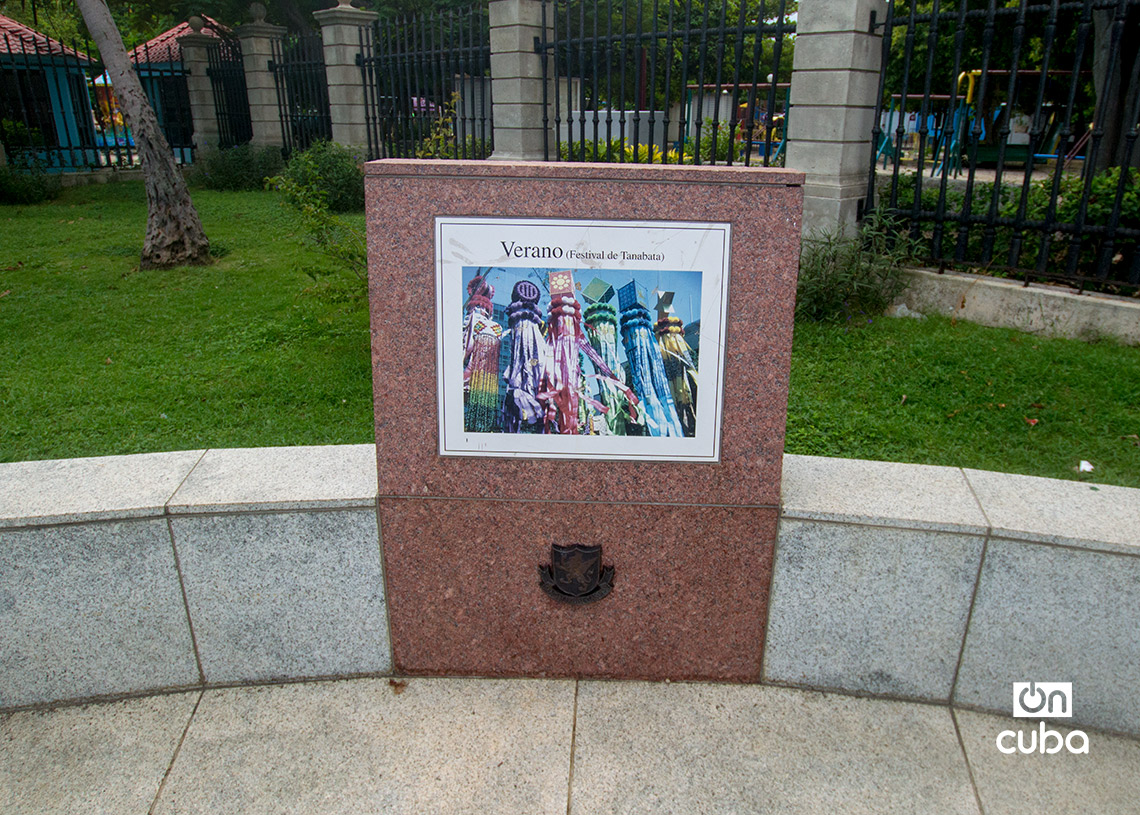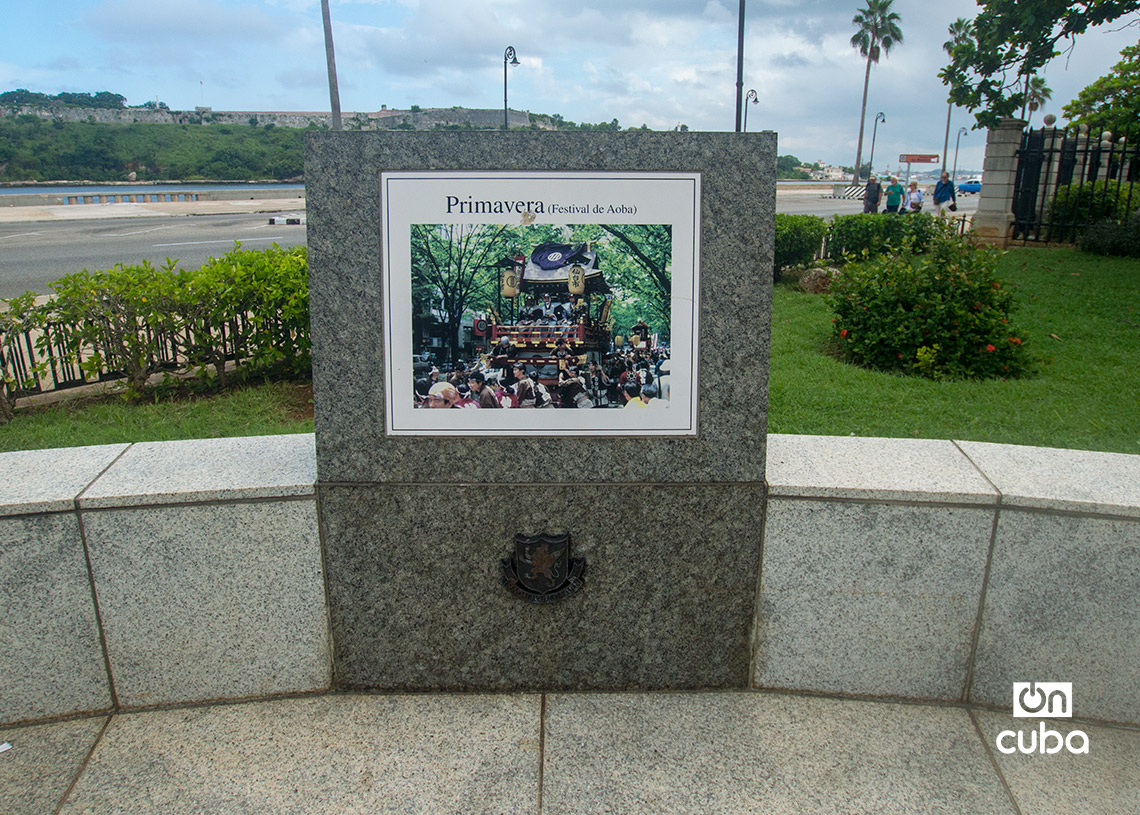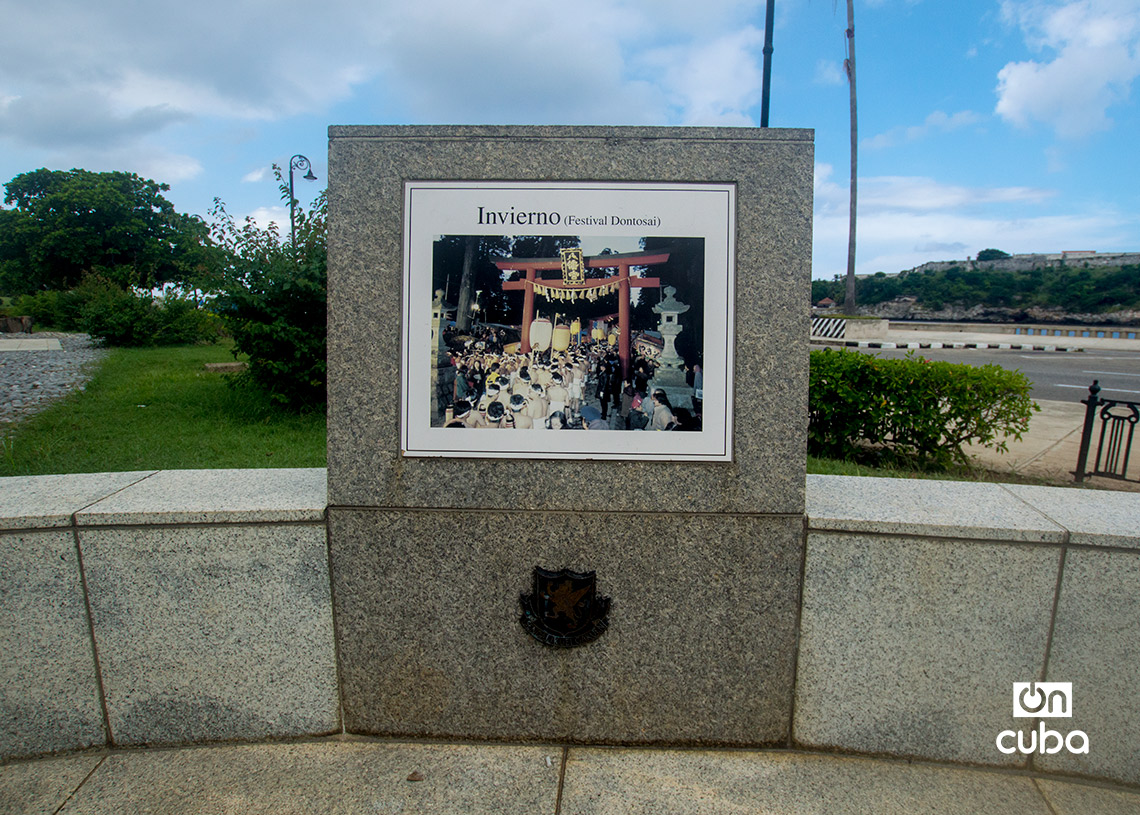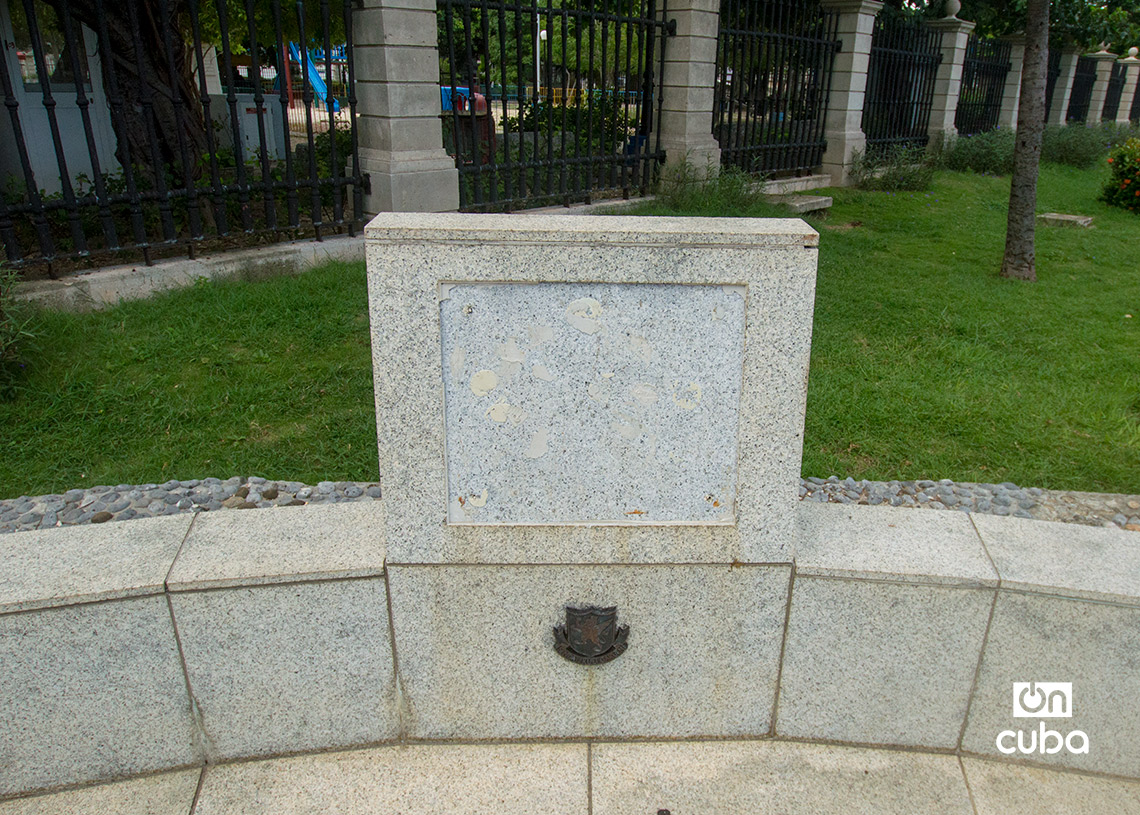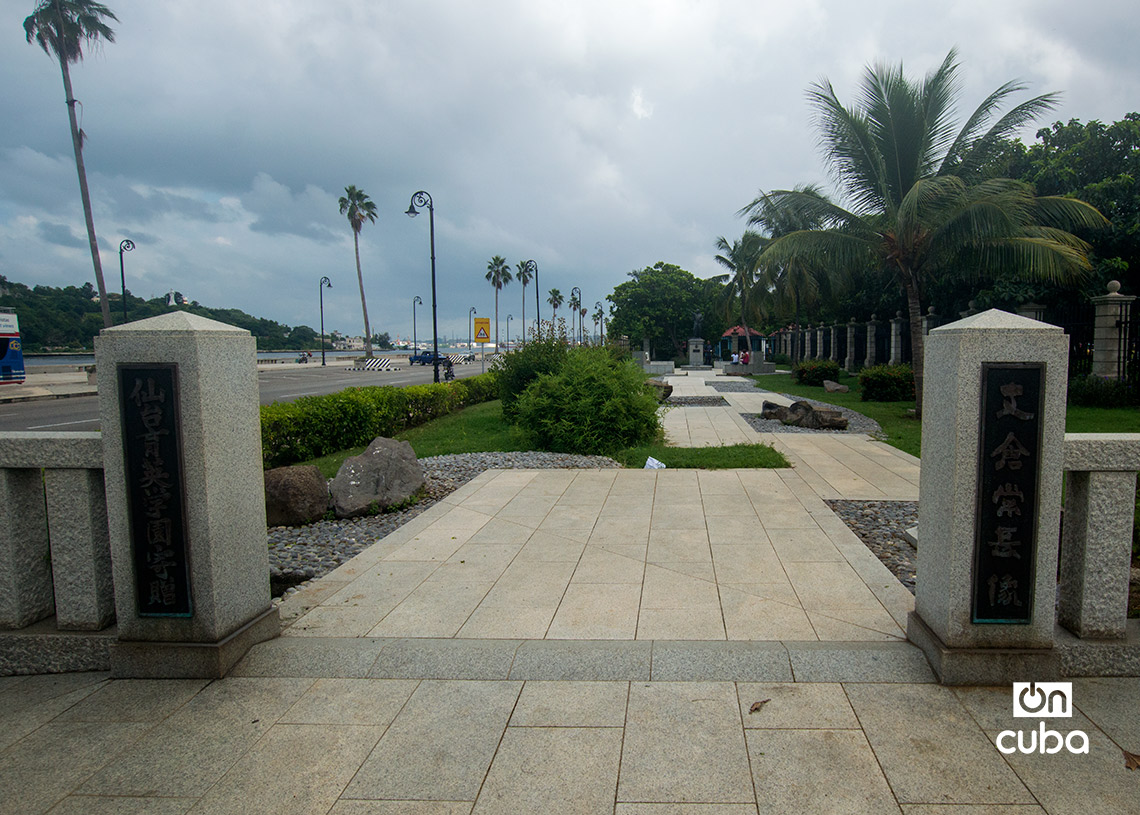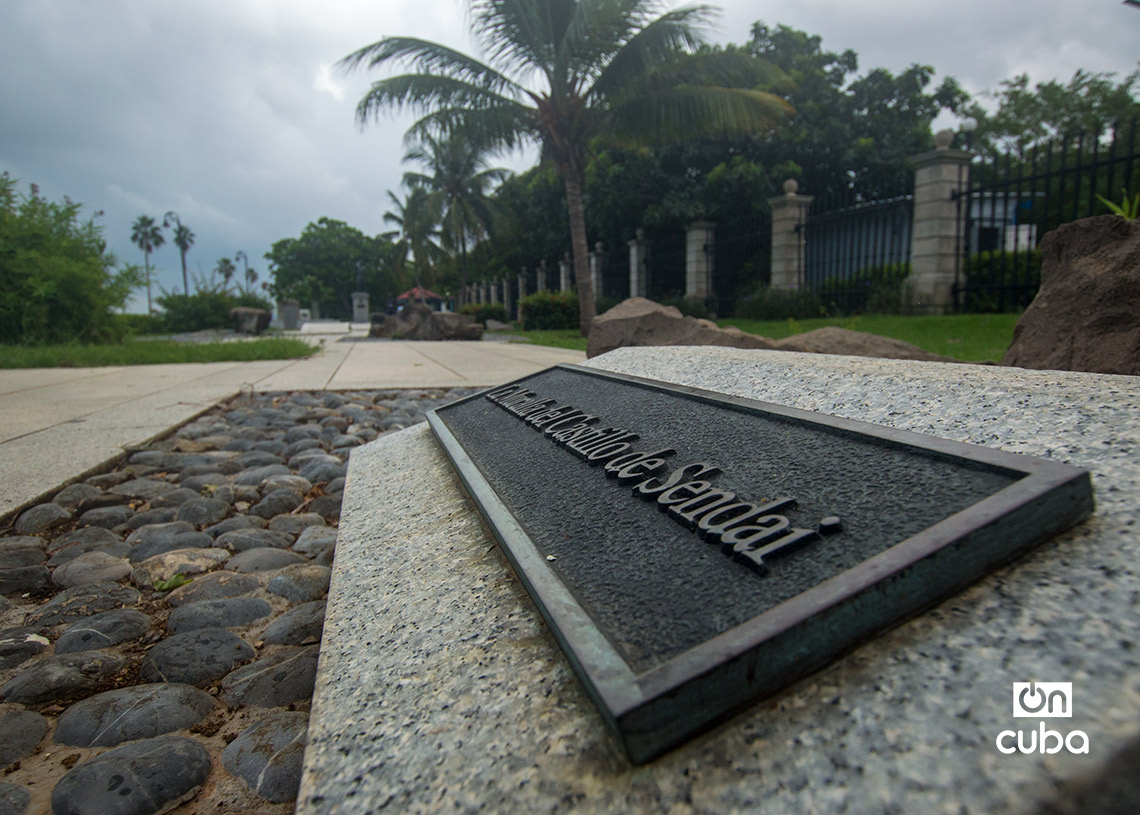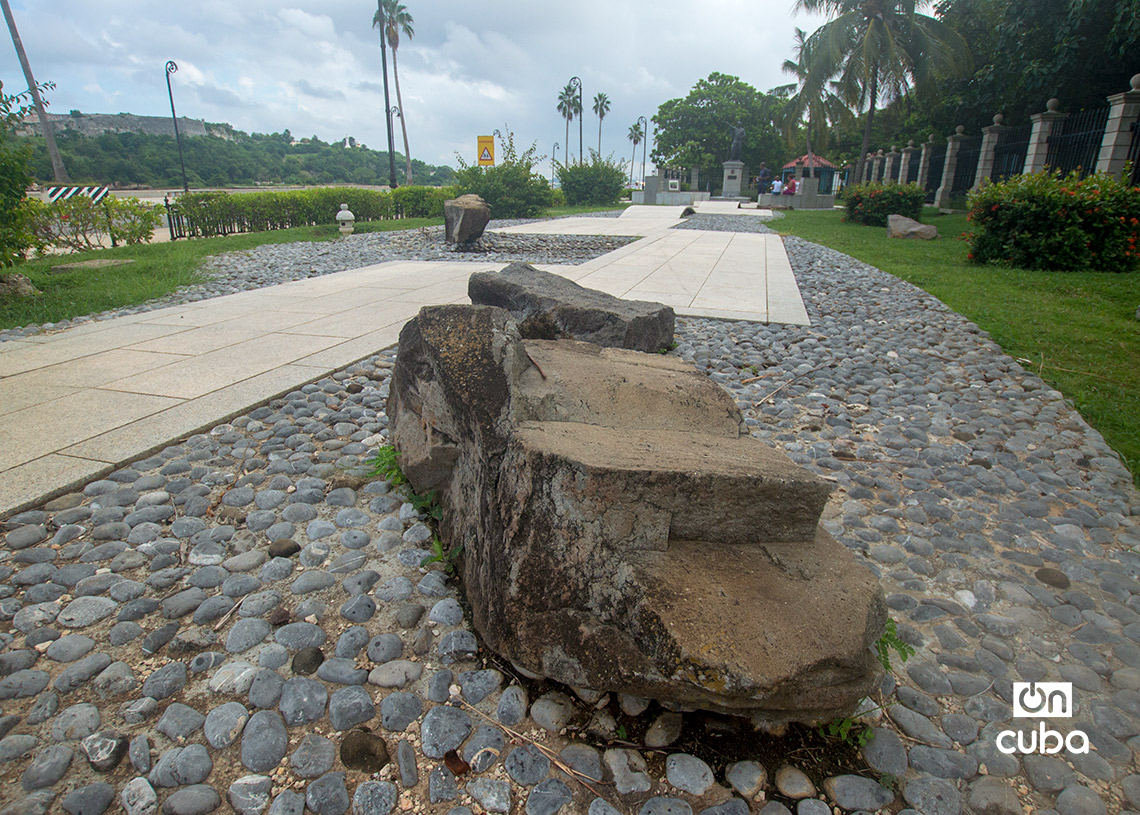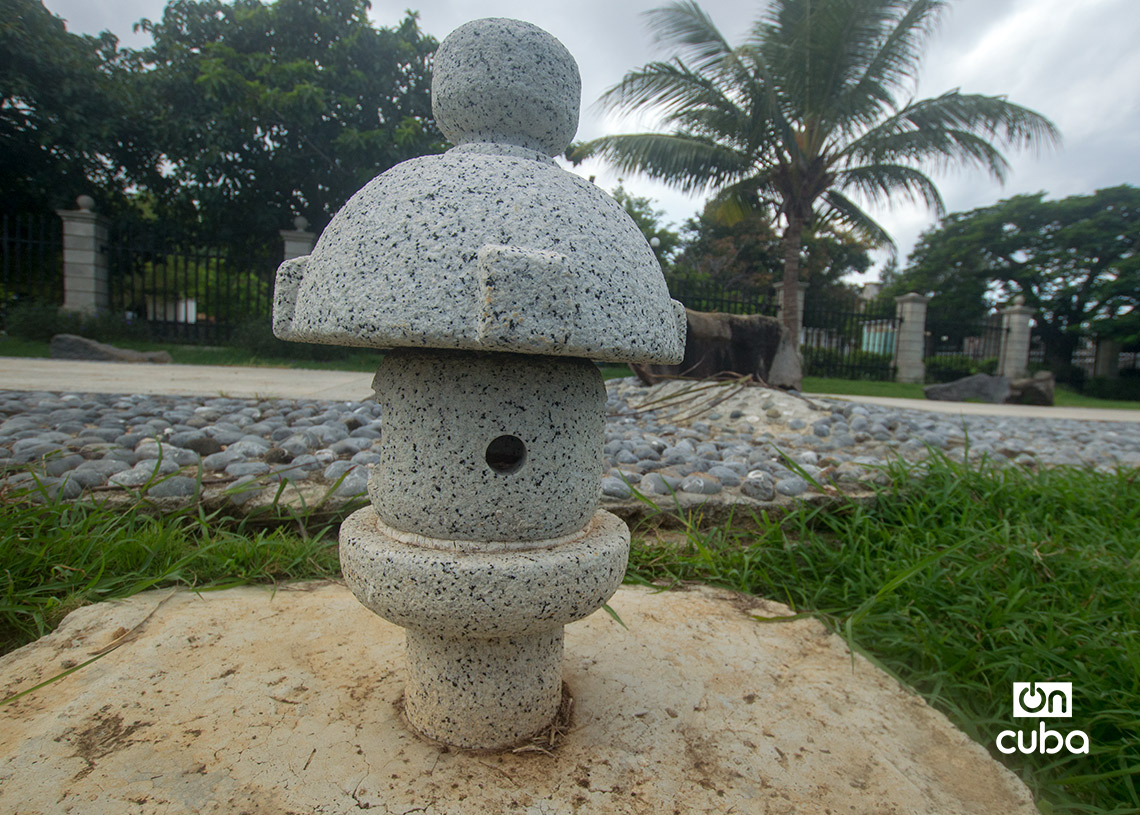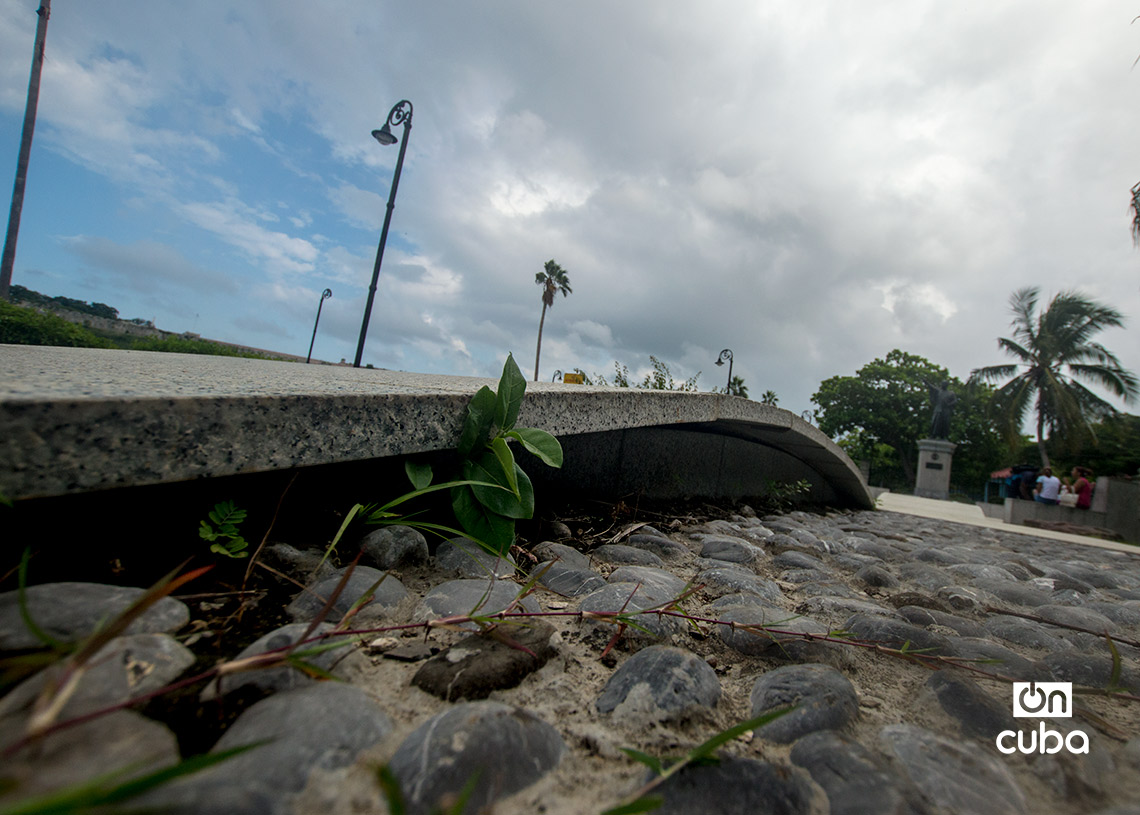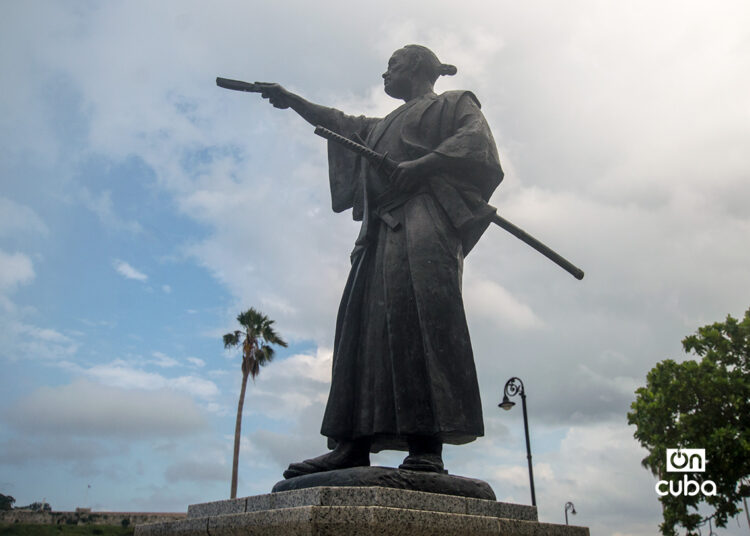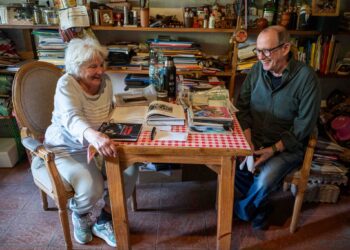Four centuries ago, the first samurai known to have visited Cuba arrived in Havana: Hasekura Tsunenaga.
The warrior and navigator landed in what was by then the capital of the island on July 23, 1614. He was en route to Spain, leading a diplomatic embassy from Japan sent by the shogun Tokugawa Hidetada to establish relations with the Spanish crown and the Holy See in Rome.
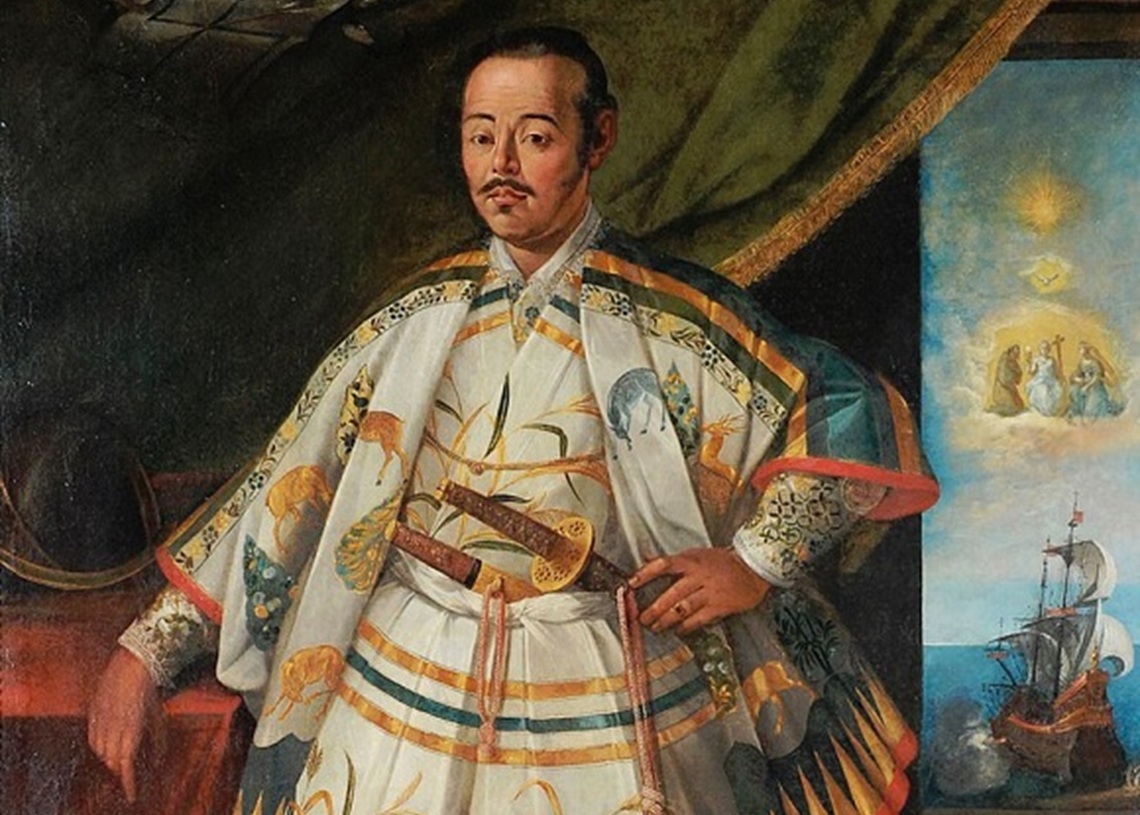
The story of Tsunenaga, and in particular his diplomatic mission, is legendary. He arrived in Cuba months after setting sail from Tsukinoura Bay, sailing across the Pacific Ocean and crossing Mexico. His stay in Havana would be brief, but at the same time historic.
Chronicles of that event speak of the surprise the presence of the Japanese samurai and his entourage aroused among the colonial authorities and the people of Havana at the time. Their physical features, their unusual clothing and footwear, and their distinctive swords left no one indifferent.
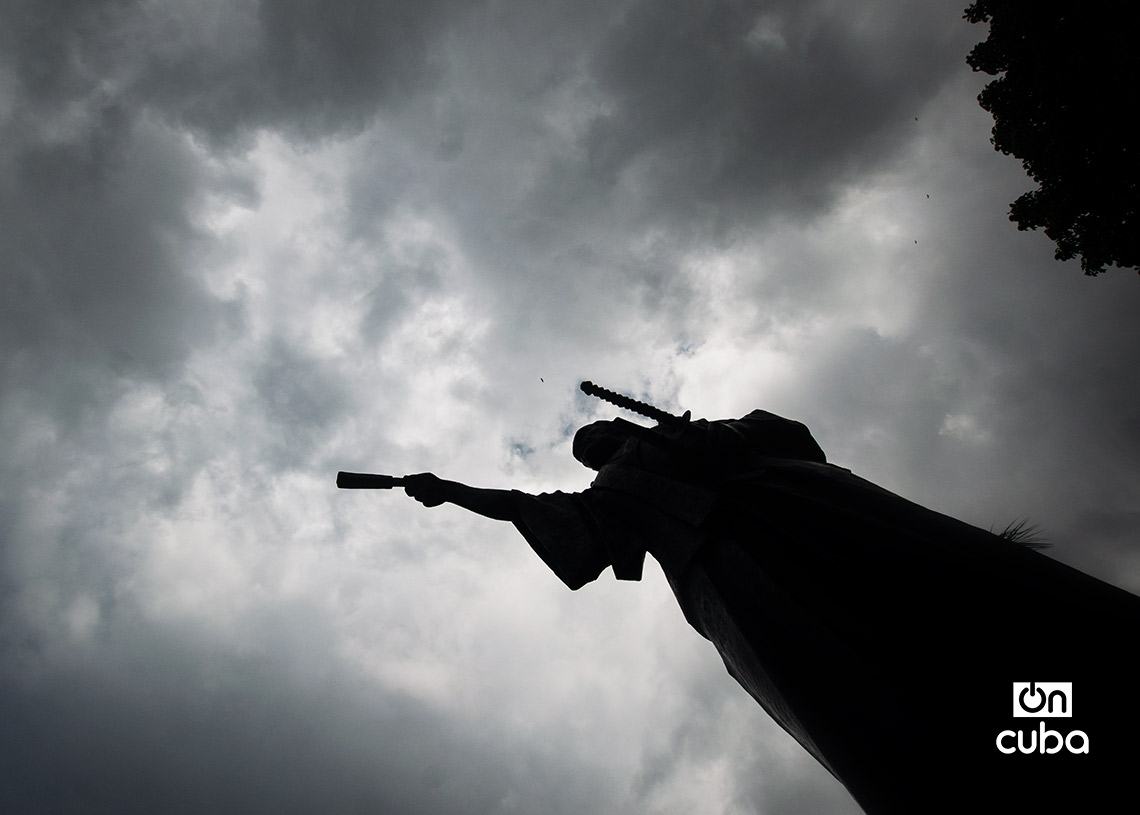
From Cuba, Tsunenaga continued on to Spain, where he was received by King Philip III and converted to Christianity, although he was unable to secure the trade agreements he had hoped for. During his time in Europe, he also reached the Vatican, where he spent three months as a guest of Pope Paul V.
The samurai began his return to Japan in 1616, after passing through Spain again, and arrived in his country in 1620, seven years after his departure. His mission, known as the Keichō Embassy, yielded few practical results at a time when Japan changed course and outlawed Christianity. Tsunenaga’s own end, in 1622, is shrouded in mystery.
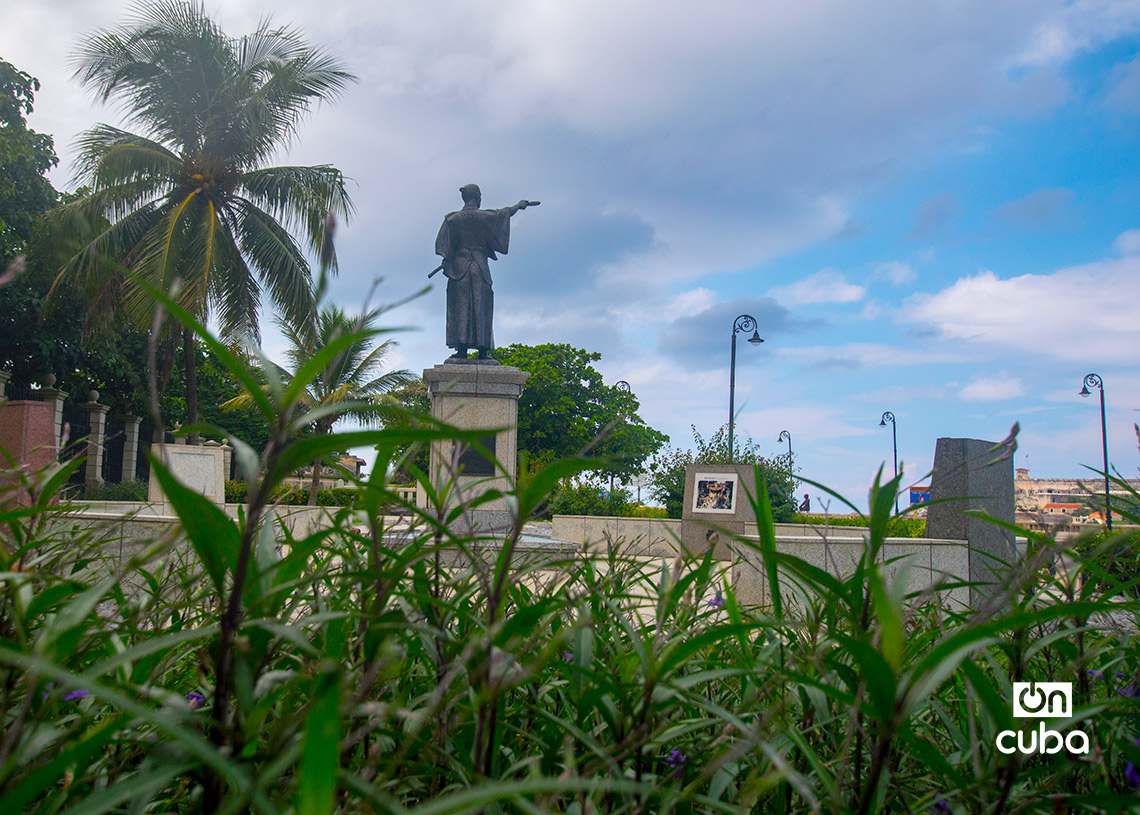
In 2001, almost 400 years after Hasekura Tsunenaga’s arrival in Havana, his presence was immortalized with the erection of a statue in his honor. The monument, located on Avenida del Puerto, is the work of sculptor Tsuchiya Mizuho and is situated in a Japanese-style park near the entrance to the bay.
The sculpture, cast in bronze on a granite pedestal, depicts the samurai in a ceremonial pose, his arm extended holding a fan. The floor points toward Rome, where Tsunenaga traveled on his diplomatic mission, and toward Sendai, his hometown.
Donated by the Sendai Ikue Gakuen School, the work is a symbol of the historical and cultural ties between Cuba and Japan. Photojournalist Otmaro Rodríguez brings it to us in his regular Sunday gallery.
